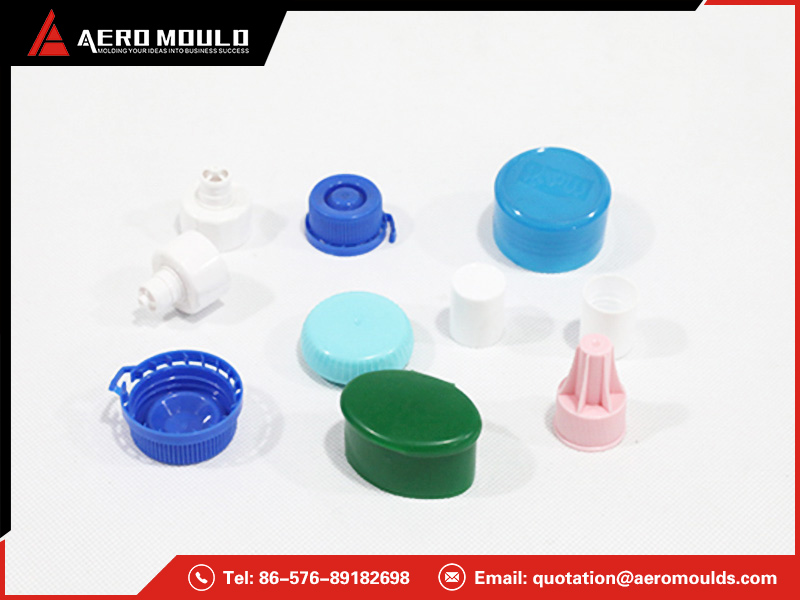Aero Mould Co., Ltd
Mobile/whatsapp: 0086-13666469798
Add: 18# KaiTuo Road, XinQian Street, Huangyan District, Taizhou, Zhejiang, China


At present, the commonly used container moisture permea […]
At present, the commonly used container moisture permeability test method is developed on the basis of the film moisture permeability test weighing method. It adopts the weighing method test principle. The relevant test standards are GB/T 6981-1986, GB/T 6982-1986, According to ASTM D 3079-94, according to the nature of the material, it is divided into the moisture permeability testing of flexible packaging plastic bottle containers and the moisture permeability testing of rigid packaging containers. The specific operation steps for testing these two types of containers are slightly different, but the basic test methods are the same.
The test method is as follows: Put the desiccant (containing accessories) into the test container sample, seal the test sample, preheat the test sample and immediately transfer it to a test box (chamber) under constant humidity and heat conditions for a humid heat test. Afterwards, the weight of the sample needs to be weighed at appropriate intervals according to the moisture permeability of the container material, and the moisture permeability of the container is calculated by the increase in the weight of the sample when the penetration is stable.
Although this method is developed on the basis of the thin film test weighing method, it is very difficult to realize automatic detection. Therefore, the practical application convenience of this method is not good, the test efficiency is relatively low, and the reliability of the results is not high. This bad result stems from the following aspects:
(1) The test time is relatively long. The weight data of at least three test points must be obtained when judging the penetration stability according to the standard requirements. For this reason, the standard recommends the following interval: For packaging containers with high moisture permeability, the recommended minimum weighing interval is 2 to 3 days ; For packaging containers with low moisture permeability, it is recommended to weigh once every 15 to 30 days. According to this calculation, even if it is a container made of a material with poor barrier properties, it takes 7-8 days to complete a test. If it is to detect a container made of a high-barrier material, it will take several months to complete a test.
(2) When weighing the test sample (or desiccant and its containing accessories), the test sample (or desiccant and its containing accessories) needs to move back and forth in the test environment and the weighing environment, so the test cannot be Proceed in a stable state. Originally, water vapor transmission should be measured in a permeable equilibrium state, but this movement during the weighing process will destroy the permeation equilibrium established under the test conditions, thereby affecting the accuracy of the experimental results. Moreover, the shorter the weighing interval, the more significant this effect will be. This is also stated in the standard. For example, it is clearly stated that “weighing too frequently will affect the accuracy of the test.”
(3) It is difficult to maintain a stable water vapor pressure difference on both sides of the test sample for a long time. Since the desiccant put into the container is limited, generally in the range of 80-100g, when the test is carried out for a period of time, the moisture absorption capacity of the desiccant will decrease, and the water vapor pressure on both sides of the test sample will be reduced accordingly. The difference will change. When the moisture absorption capacity of the desiccant is reduced, the desiccant can be replaced to continue the test. However, it is difficult to achieve a completely accurate weight uniformity in the replacement of the desiccant, so it will affect the test.
(4) Poor sealing reliability. Especially for non-re-sealable packaging containers, openings must be made on the container wall when the desiccant and its accessories are put into it, and sealing wax must be used to seal the opening after the desiccant and accessories are placed. When weighing the sample weight, the desiccant and its accessories need to be taken out of the container. Therefore, a wax sealing operation is required after each weighing. This not only greatly increases the complexity of the test operation, but also increases the sealing. The possibility of failure.
(5) Poor repeatability. The operator's test sample preparation habits and weighing habits all affect the results.
(6) Since the accuracy of the load cell is limited by its range, the accuracy of container inspection with this method is much worse than the accuracy of this method for thin film testing. At the same time, the unit of the test result measured by this method is g/m2·30d, which means that the surface area of the container needs to be accurately measured, but for containers with irregular shapes, this is undoubtedly another test problem.

Mobile/whatsapp: 0086-13666469798
Add: 18# KaiTuo Road, XinQian Street, Huangyan District, Taizhou, Zhejiang, China
